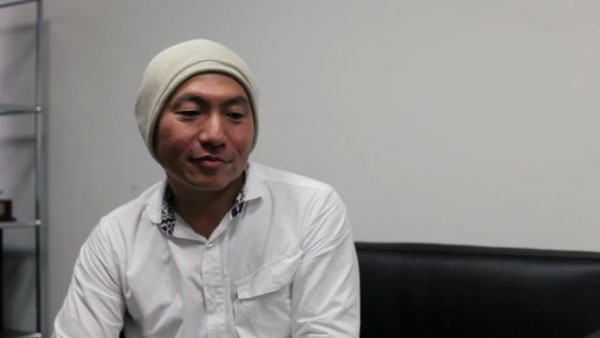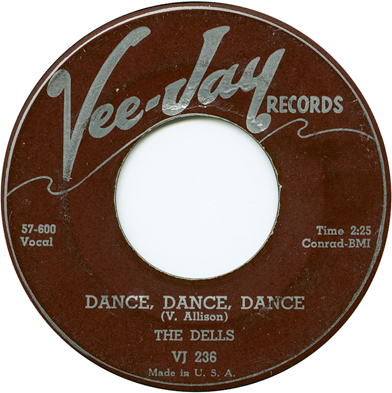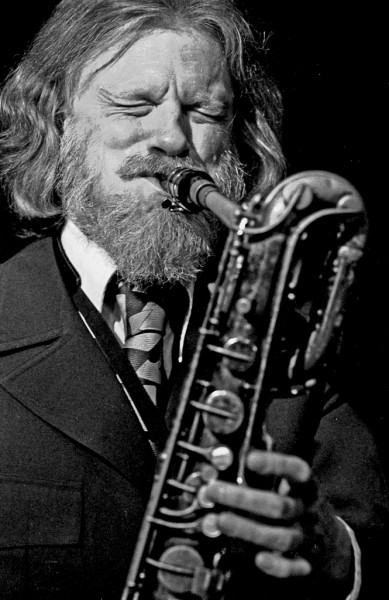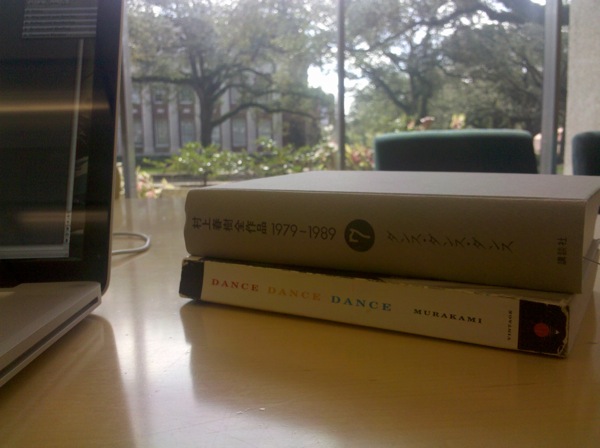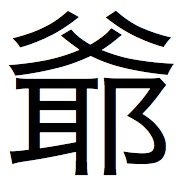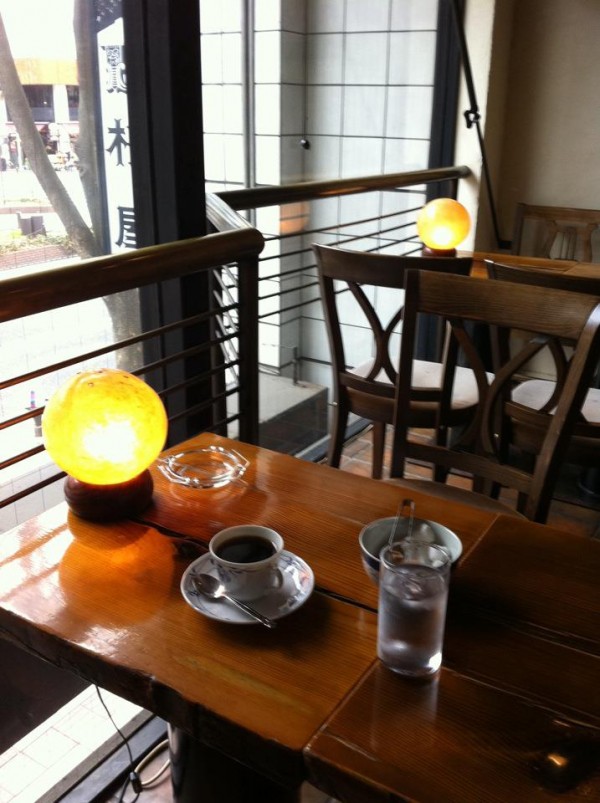As part of my graduate assistantship, I teach one section of the required freshman composition course at my university. This is the third semester I’ve taught it, and I love the curriculum. Unlike the composition course I took twelve (!) years ago, the one I teach focuses on three different genres of writing – the students write a personal essay, a profile essay, and a review essay. While these don’t really prepare the students for future academic writing, I think the scaffolded approach to writing, the introduction of free/fast/automatic writing to generate ideas, the emphasis on personal experience, and the insistence that kids write about something that interests them makes it easier to see writing for what it is – an attempt to communicate with another person.** This becomes easier if the material is something you’re personally excited about rather than, say, bullshitting about symbolism in Lord of the Flies. This is something I didn’t learn until I started writing this blog.
(**I’m not completely remiss; since my second semester teaching, I’ve also had my students write short analysis essays that mimic the more structured academic form. I want them to be on solid ground when they leave this course, even if they don’t know it.)
During the profile unit this semester, I had the students interview each other and write one-page mini-profiles of each other. There were an odd number of students, so one got to interview me. The next day in class we examined the student’s writing as a group, and the others had a chance to ask me questions and fill in information the writer hadn’t included. This involved answering a number of questions about my experience in Japan. A few hours later, after class, I got the following message from a different student: “can you help me with Japanese because its hard”
I was initially confused by the email. This is a student who sat at the back of the classroom, didn’t take notes, and didn’t do much homework. I had to ask the student to put away his cell phone a couple of times during class. On the other hand, I had been surprised by his writing ability on the essays. The student speaks in African-American vernacular, but his essays were in “standard” English; he even included dialogue in vernacular within the standard English of his essay, an impressive feat of bilingualism.
I asked him if he was in the Japanese class at school, and he said yes, so we set up a time to meet and talk about studying Japanese. He came into my office on one of my off days, and we sat down and looked at the textbook.
“Why’d you pick Japanese?” I asked. My student looked down and smiled, revealing his braces. He scratched at his head. “Did you just think it was cool,” I continued, “or are you—”
“Naw,” he said. “I’m actually interested in it.”
I was surprised to hear it and asked a few questions about anime and other Japanese stuff, trying to get a feel for how he’d come around to Japanese, but he kept pretty quiet. So we started to size up where he was at. The class had just started Chapter 3 in Genki Japanese, but he was still getting the kana memorized. He had a D in the course. “Alright, well, we should try to bring that up,” I said. It became clear that he didn’t have a way in. The teacher had been covering the material but hadn’t given this student any study techniques that had worked for him.
Without a mastery of the kana, I felt handicapped, especially since the Genki textbooks don’t use romaji whatsoever (a good thing), so I showed him Anki and a couple of other websites. We looked through the textbooks. I asked him if he had any questions, but he couldn’t really articulate any, so we did a brief look at verb conjugation.
As we worked, I had a moment of realization: I am more focused and interested now than I usually am while teaching composition or lesson planning composition. It was an intense feeling of complete submersion and focus. And it made me really disappointed that I haven’t been able to keep up this website or my Japanese as much as I’d like.
My opportunities to practice Japanese have been few and far between, so I haven’t been able to find any “new ways in,” which is the most important content of this blog. The videos and Murakami stuff are fun, but language brought me to the dance, and language I will always go home with. I’ve taken a detour in my life with this creative writing program, and I need to make sure I stay on track. I’ve written a little about the origin of this detour in a new nonfiction essay I’ve submitted for a contest over at Expats Blogs. I certainly know how to treat a reader: sucker them in with a catchy title like “How to Fly First Class For Free” and then punch ‘em in the balls with 4500 words of personal essay told in the second person. It may or may not have been a huge mistake to submit this.
Either way, I’d love it if you checked it out and gave it Ye Olde Facebook Like or left a comment. The staff at Expats Blogs judge the contest but take into account comments and Likes. Tell me what I should fix. Tell me what works and what doesn’t. I think I still need another revision on this piece, but the basic idea is in place.
For the short-term future, my focus in life is producing and revising my non-Japanese-related work, both fiction and nonfiction. I still need something to keep up this blog and keep up my Japanese, and I’ve been thinking seriously about this composition course – what can I do from abroad that will keep me interested and motivated and will relate to Japanese?
The answer is, of course, Murakami. I hope not too many of you groaned because, as a way to resuscitate my interaction with Japanese, I’m going to temporarily refocus this blog and take up a new project that resembles my annual Murakami Fest.
Hard-Boiled Wonderland and the End of the World is 590 pages in Japanese, and if I read 10-20 pages a week for the next year, I should be able to find blog content, practice Japanese, and finally read the book that made me want to learn the damn language in the first place. So that’s what I’ll be doing. If I’m not back in Japan within a year, then I hope that I’ll at least be out of New Orleans in a city with a larger Japanese population.
Let’s see how this goes. 頑張るぞ!


